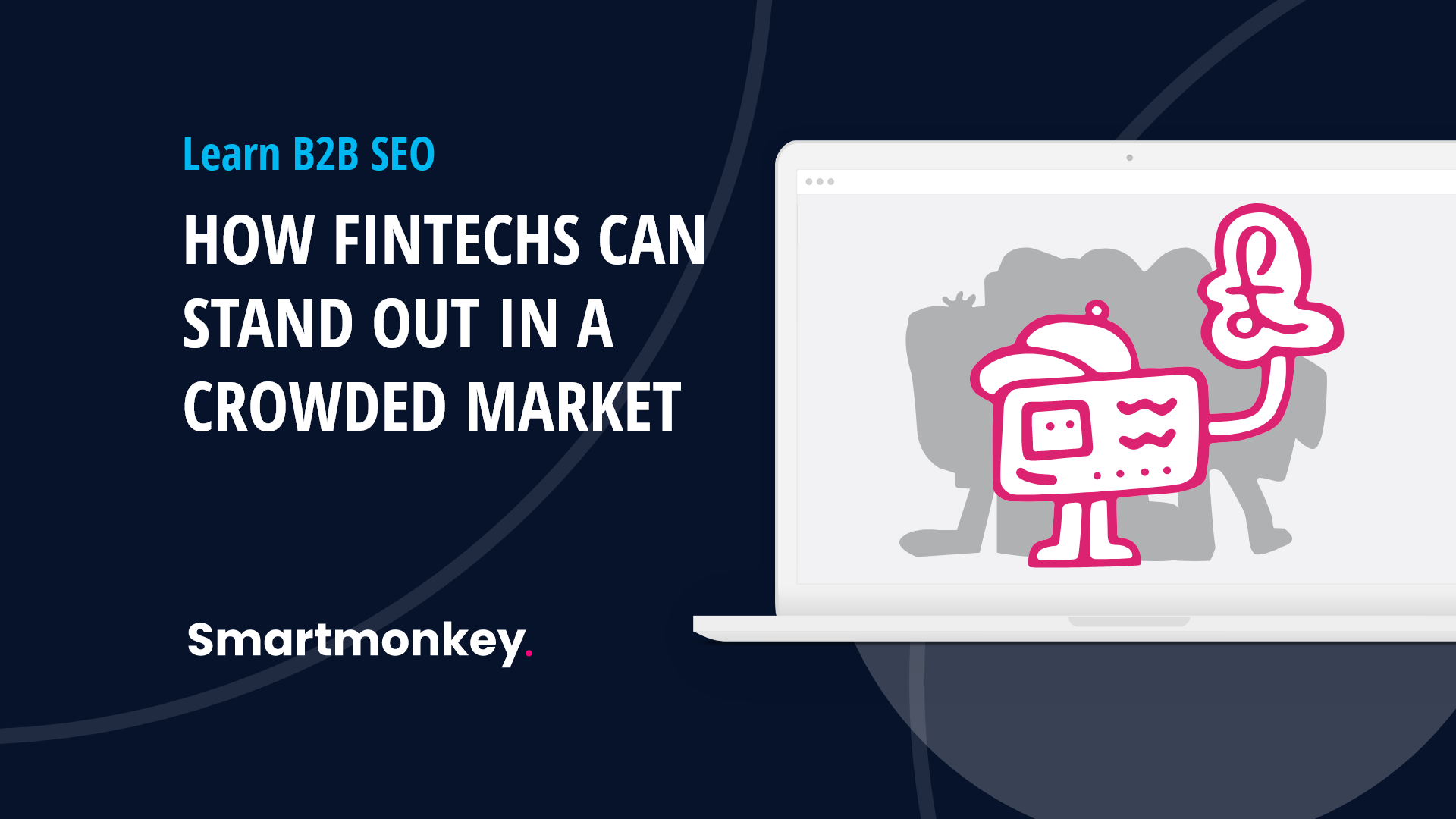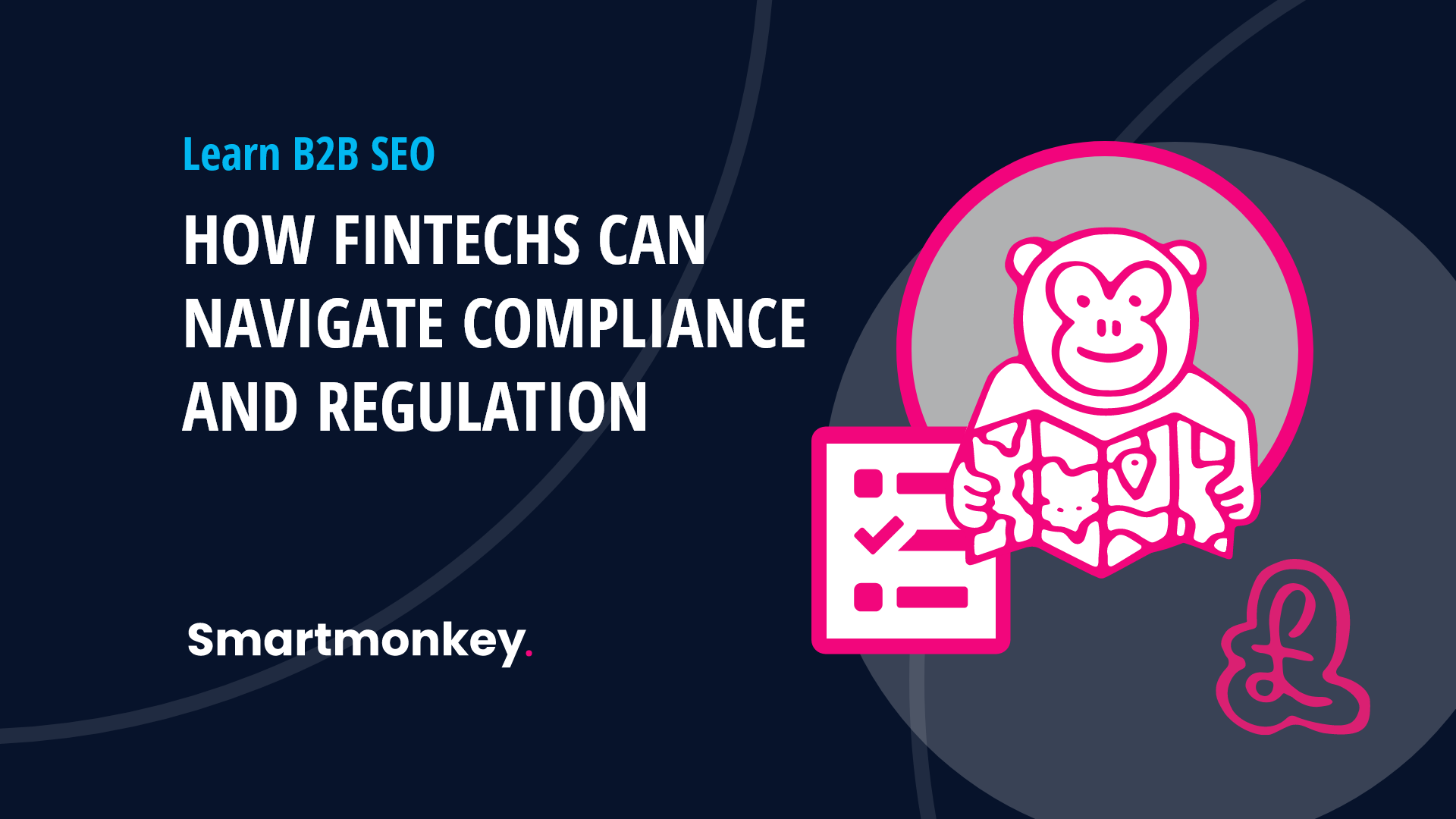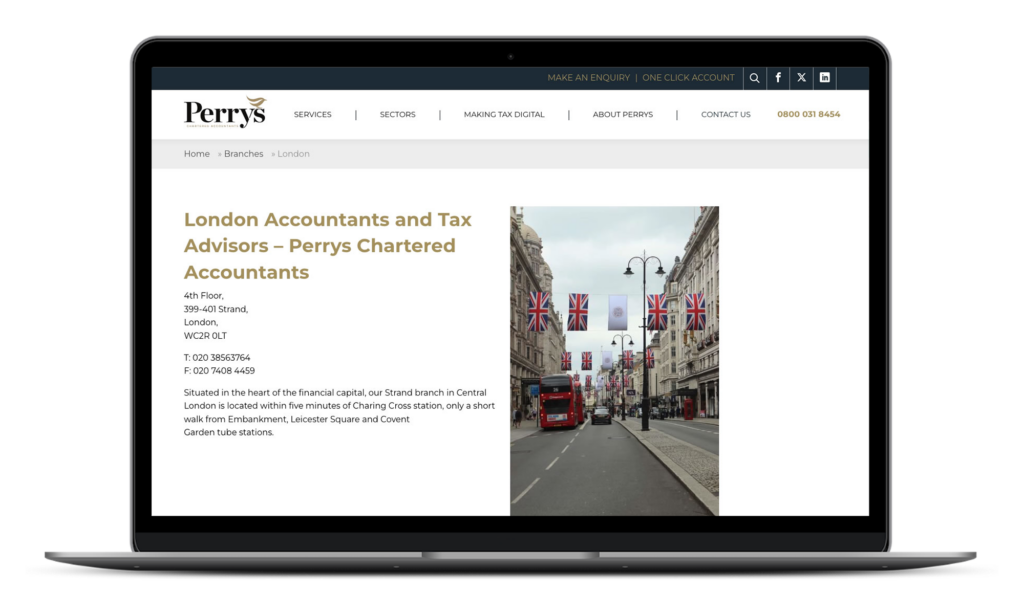How to thrive in ‘25: How FinTechs can stand out in a crowded market
What will I learn?
- Build authority with thought leadership
- Build authority with thought leadership
- Use digital PR to earn credibility and press coverage
- Drive impact immediately with PPC and paid media
- Build search engine visibility with SEO
- Partner with third parties to expand reach

Anyone who works in FinTech will tell you it’s a busy space. Challenger brands in the sector have shaken up the industry over the last decade, transforming it into an increasingly bustling sector. And it’s only getting bigger. The latest figures anticipate that the FinTech sector will reach a market size of $1.5 trillion in revenue by 2030. That’s approximately five times what it is today.
While we know that the challenges are huge for FinTechs, we also know they are up against it; established brands dominate the industry, often leaving smaller brands fighting for space in the search engines and in consumers’ minds. But there are ways they can stand out and capture that all-important market share.
Build authority with thought leadership

In a crowded FinTech market, consumers are often overloaded with options, and it can be difficult for brands to separate themselves. However, not all content is made equal, and that’s why it is important to establish trust and authority to ensure your brand stands out.
We already know that the best way to build trust is with thought leadership. By positioning a FinTech company as an expert in its niche, a well-rounded thought leadership strategy offers invaluable insights that resonate with potential customers.
There are multiple ways you can do this, but the best place to start is with optimised on-site content. Work closely with the SEO team to develop a content strategy that plays into your strengths and highlights both individual and wider business expertise.
The SEO team will help build out a content plan based on keywords and search terms, but it’s wise to get input from the content team, too, if you have one, as they will usually be at the forefront of the sector and know what’s important to readers.
In terms of content, long-form content on specific topics is a great place to start, while whitepapers and industry reports will establish the business as knowledgeable – cementing authority. Case studies and simple tip content can help you capture some of the more general search terms and low-hanging fruit.
Use digital PR to earn credibility and press coverage

In a saturated market, getting noticed by the right customers can be difficult. But that’s where PR – particularly digital PR – comes in.
Digital PR uses a digital-first strategy to earn backlinks and citations on websites to not only drive awareness but also support the wider SEO strategy and earn exposure in the search engines. Digital PR is designed to drive keyword uplift, improve page rankings, and ultimately, generate demand. For FinTechs, Digital PR can amplify their presence by securing placements in top industry publications and earning high-quality backlinks that boost SEO.
Backlinks are one of the most important ranking factors that Google – and other search engines – use to decipher which websites deserve to be at the top of the search engine results pages for certain keywords. So for FinTechs to be seen as credible amongst consumers, they need to earn credibility in the search engines to gain trust and visibility.
These backlinks, however, need to be relevant to the brand, add value to the end reader, and be placed on websites Google sees as trustworthy to have a positive impact. Therefore, all PR activity must be well thought-out.
One of the easiest ways to build authority and create newsworthy content is to use data to tell stories that are interesting to the end reader. This data can be owned (proprietary), bought (in the form of a study or survey), or third-party data (such as government data and data from the ONS). However, the main thing the story needs to be is interesting. And interest comes from emotion.
At Smartmonkey, we have a six-point checklist when creating digital PR stories to maximise the chances of success – and one of those is the emotion the story will drive. This emotion can be either good, such as admiration or nostalgia, or a bad emotion like anger or disgust. Emotion is key in PR as it acts as the driver to encourage the reader to find out more. And we know that whatever readers will find interesting, journalists are likely to pick up.
Case studies are another great way to build media coverage. Journalists and readers alike love to see and hear real-life stories. They also bring a human element to your PR, making it much more relatable. A great example of this for a B2B FinTech business that offers business energy comparisons would be profiling a customer who has saved hundreds of pounds by using the website to compare and switch energy suppliers. You can then build this out by getting comments and quotes about what the savings have meant for different businesses and what they have been able to do with the money saved.
Showcasing your expertise and experience by reacting to trends and events is another great way to build out your PR calendar. For example, offer advice for businesses as they navigate quieter shopping periods, such as January, provide a step-by-step guide for business owners looking to take out a loan on their business if you notice loan applications are on the up, or show businesses how they can reduce costs as energy prices rise.
Drive impact immediately with PPC and paid media

Organic traffic is crucial, but SEO takes time. For FinTechs looking for quick wins in a crowded market, PPC and paid media are effective ways to gain visibility and generate leads.
A well-planned paid strategy allows FinTech brands to target consumers at different points of their buying journey, in different demographics, and in different places. This ensures that every pound spent delivers maximum ROI.
One of the best things about PPC is that it can be scaled up and down, depending on your needs and business goals.
Segmented Google Ads campaigns are a great way for FinTech brands to target different customers with specific messaging. Develop separate campaigns for different customer segments, such as SMEs, founder-led businesses, and each vertical you want to push. Use tailored ad copy and landing pages to speak directly to each group’s pain points – and show how your business can help.
Remarketing is another great tactic that’s used by FinTechs to drive quick wins. As remarketing allows you to target users who have previously visited your website or engaged with your content, you know your product or service is probably of interest to them. It also keeps your brand top-of-mind and encourages conversions down the line.
LinkedIn is arguably the best place for B2B FinTechs to advertise. The site’s advanced targeting options enable brands to directly target individuals based on job titles, industries, and company sizes. This means you can narrow down key decision-makers in the sectors you want, with a few clicks of a mouse. However, as with all marketing platforms, the copy and creative must be eye-catching, succinct, and on-brand. Therefore, we always advise paid media teams to get input from the wider marketing team, including content and PR.
Build search engine visibility with SEO

Competing for broad keywords like ‘business banking’ is incredibly difficult given the stiff competition. Many established brands are already dominating search results, so you need to get clever.
Focus on relevant long-tail, niche keywords that potentially have lower search volume, but have less competition. This will attract more qualified traffic and rank for terms that align with the specific problems their target audience is searching for.
To ensure the content is valuable and gives visitors what they are looking for, create high-quality landing pages for each niche keyword. Make sure they are well-designed, user-friendly, and offer value in the form of downloadable guides or demos. You should also create cluster content related to the topic and link to these from the landing page to further build trust.
You should also always ensure that pages are optimised with targeted keywords in headings, meta tags, and content, while making sure your website is technically sound with fast load times and is responsive across devices.
Partner with third parties to expand reach

FinTechs can struggle to gain visibility and earn credibility on their own, especially when going up against larger, more established players that often spend millions on advertising. While the answer can be to follow the leaders, it’s a good idea to carve out your own path and look for smart ways to get yourself in front of new and relevant audiences.
Forming strategic partnerships with complementary businesses or industry influencers can help smaller FinTech brands expand their reach, share resources, and earn immediate trust through association with credible third parties.
There are three main partners we advise businesses to look at.
The first is charities. Charities are great to partner with as they not only open brands up to new audiences, but they also instil credibility. In an sector where ethical practices are a must, partnering with a charity can improve a FinTech’s reputation and create positive associations with your brand. Charity partners are also a perfect addition to a CSR strategy. However, do make sure the partnership is credible by working closely on activities throughout the year, not just on one campaign.
Another potential partner to look at is established banks or other financial services providers. FinTechs often provide innovative technology that traditional institutions need, and this partnership can lead to co-marketing opportunities, which drives new customer acquisition and enhanced credibility.
Other FinTechs shouldn’t be overlooked, either. Partnering with other FinTechs in different spaces means you can offer more services and add value to customers.
Finally, events are a tried and tested method for expanding reach for brands in all sectors. It’s a good idea to get involved with FinTech-specific industry associations or participate in FinTech conferences and expos. Partnering with event organisers or becoming a sponsor can elevate your brand visibility amongst the right target audience.
If you found this useful and would like to find out more about our specialist fintech SEO services, get in touch.




